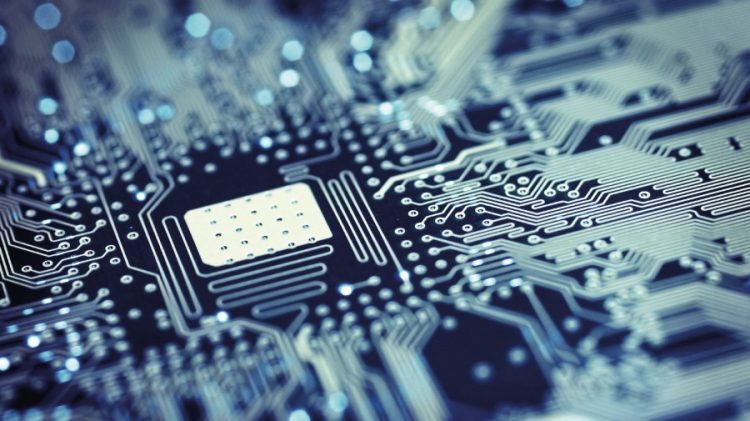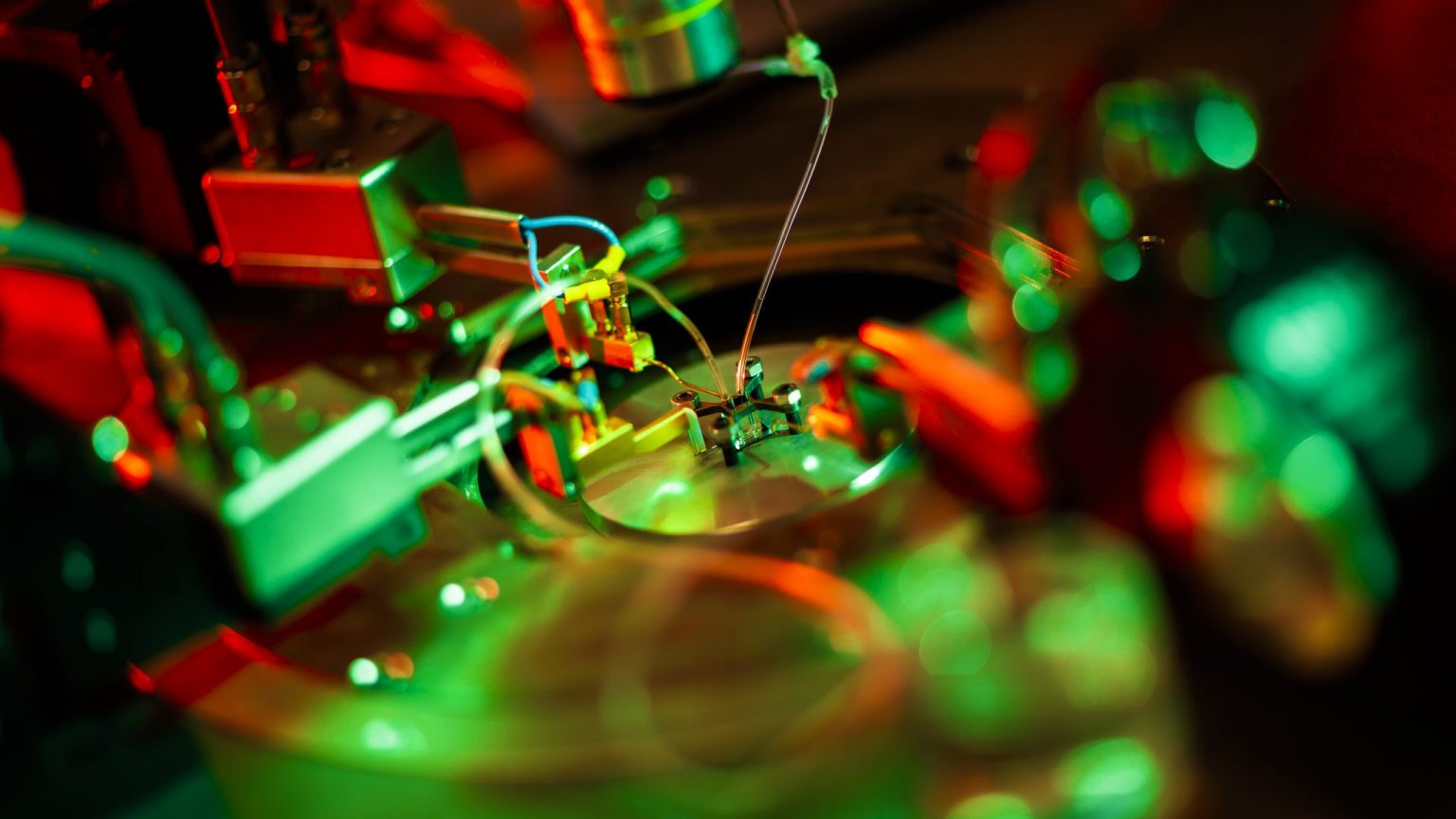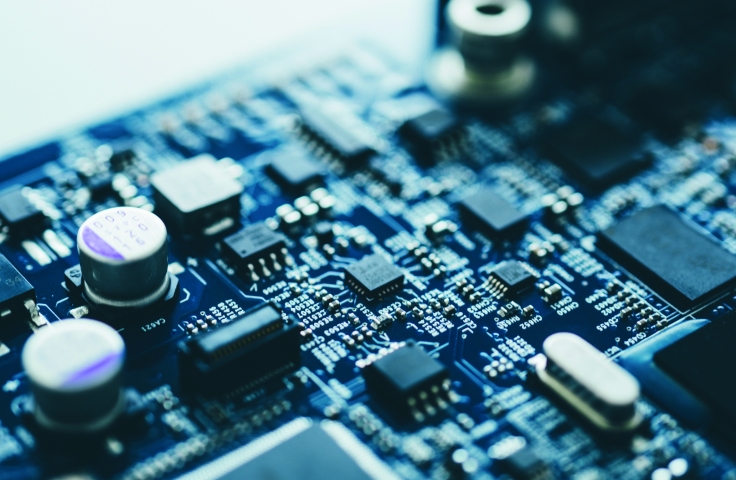Hey Tech enthusiasts! Welcome to the world of nanoelectronics where the tiniest components make the biggest waves. In this blog post we’ll embark on a journey into the realm of nanotechnology where electronic devices are not only small in size but also powerful in performance. So buckle up as we unravel the fascinating world of nanoelectronics in simple words.
What is Nanoelectronics?

Nanoelectronics is a branch of electronics that deals with the design and application of electronic components at the nanoscale typically involving structures smaller than 100 nanometers. To put that into perspective a nanometer is one billionth of a meter we’re talking about manipulating materials at an incredibly small level.
The Move to Nanoscale

Traditionally electronic components like transistors and circuits were relatively large. However as technology advanced, scientists and engineers realized that by shrinking these components down to the nanoscale they could achieve significant improvements in performance, efficiency and speed.
The Role of Nanoscale Transistors

At the heart of nanoelectronics are nanoscale transistors the fundamental building blocks of electronic devices. Transistors act as switches that control the flow of electrical currents. In nanoelectronics these transistors are so small that they can be packed densely on a chip enabling the creation of more powerful and energy efficient devices.
Quantum Mechanics Sneaks In

When we talk about things at the nanoscale we start encountering the principles of quantum mechanics. In nanoelectronics quantum effects become more prominent influencing how electrons behave. This might sound complex but in simple terms it means we have to consider the quirky behaviors of particles at the smallest scales.
Applications in Everyday Life

Nanoelectronics has already found its way into many aspects of our daily lives. From smaller and faster computer chips to more efficient solar panels and improved medical devices the impact is widespread. The miniaturization of electronics has led to the development of powerful smartphones lightweight laptops and other gadgets that we can’t imagine living without.
Challenges and Concerns

While nanoelectronics offers incredible possibilities it also comes with challenges. As components get smaller we encounter issues such as increased heat generation and the potential for quantum tunneling where electrons pass through barriers that classical physics says they shouldn’t. Scientists and engineers are actively working to address these challenges to unlock the full potential of nanoelectronics.
Conclusion:
In the world of nanoelectronics size truly doesn’t matter it’s all about the impact. As we continue to push the boundaries of what’s possible at the nanoscale, we can expect even more innovative and powerful electronic devices that will shape the future. So the next time you marvel at your sleek smartphone or appreciate the capabilities of modern technology remember that nanoelectronics played a significant role in making it all possible.

For more Interesting Tech blog follow Trendphobia.
Thank you.
You may also read:
Fujifilm Instax Mini 11: A Simple Guide
Apple’s VR Headset: A Simple Guide
Marshall Emberton II: A Musical Marvel in Simple Terms
Medical Robotics: Revolutionizing Healthcare
Augmented and Virtual Reality: A Simple Guide
